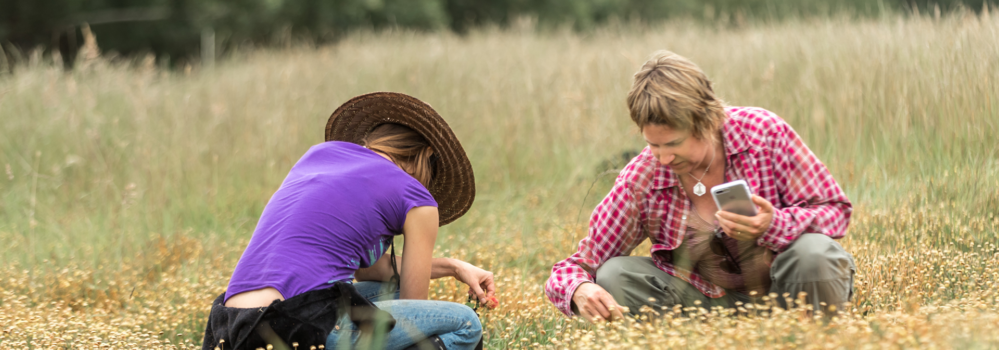
A living laboratory
Some of the most iconic landscapes on the Pacific coast are found along Humboldt Bay in California. One of the largest bays along the Pacific Flyway, thousands and thousands of birds seek refuge and nesting on and near its waters. However, this area is perhaps best known for its towering redwoods, fern, and moss covered grounds, and the crystal clear streams that meander through these ancient forests.
Endangered Pacific salmon return to these meandering streams to spawning, while young salmon mature in the streams and estuaries before swimming to the ocean. Salmon serve as a foundation for these ecosystems — providing nutrients for plants and other wildlife. Salmon are also important to local communities by supporting a $3 billion industry in this region and beyond, according to the Wild Salmon Center.
This majestic landscape is also home to communities where over 135,000 people live, work, and play. Against this backdrop, the U.S. Fish and Wildlife Service’s Coastal Program works with communities to conserve land that is important to them.
A stellar example of this collaboration is at Freshwater Farms Reserve where the Kneeland Glen Farmstand, the accredited Northcoast Regional Land Trust, Coastal Program, and others are working together to preserve farming traditions and fish and wildlife habitat.
The Kneeland Glen Farmstand sells local goods and produce from aprons to strawberries. The farmstand also functions as a gathering place, where the people come to chat, teenagers tend to the garden, and kids can explore and get a free cookie. When asked to describe her farmstand, Kathy Mullen smiles and says “it’s not fancy by any means, but there’s a lot of love.”
But Kathy believes that the farmstand is more than a destination, it is a transformative place where everyone can reconnect with farming and the outdoors. You can learn more in this video featuring her farmstand, Freshwater Farms Reserve and Humboldt Bay.
Read more about Northcoast Regional Land Trust next week, in the second part of this two-part series.
Chris Eng is a fish & wildlife biologist with the USFWS Coastal Program.
This story was originally featured on the Land Trust Alliance blog, Inside Dirt. Cover photo credit: DJ Glisson II/Firefly Imageworks
